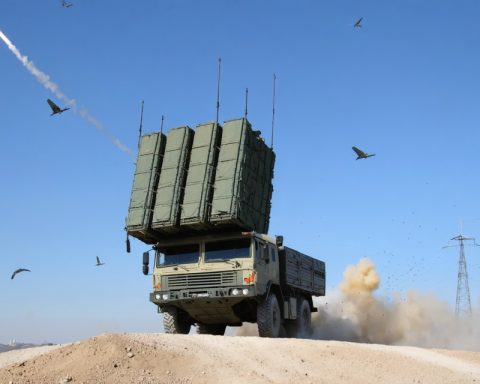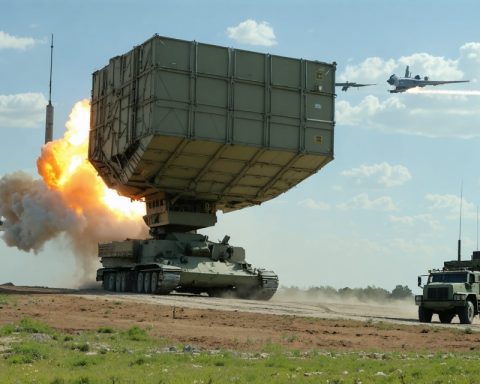Taipei Faces Surge in Air Incursions
In a significant escalation of regional tensions, Taiwan’s Defense Ministry reported an alarming observation of 53 Chinese military aircraft circling its airspace over a 24-hour period from December 10 to December 11. This spike comes on the heels of military exercises conducted in the vicinity, marking a record-breaking 153 aircraft incursion.
These aircraft were detected in and around Taiwan’s Air Defense Identification Zone (ADIZ), an area continuously monitored due to its strategic importance. Some aircraft even crossed the sensitive median line that unofficially separates Taiwan’s airspace from China’s, while others hovered over the northern, southern, and eastern boundaries of the ADIZ.
The Defense Ministry in Taiwan responded to this bold maneuver, highlighting its concerns about regional stability. They stressed the need for vigilance and affirmed their readiness to protect Taiwan’s sovereignty from potential threats.
This recent activity contributes to a growing pattern of military aggressiveness in the region, raising urgent questions about future security dynamics. Observers suggest that these maneuvers serve as a demonstration of power and a test of Taiwan’s military response capabilities.
Such events underscore a tense geopolitical atmosphere and emphasize the delicate balance necessary to maintain peace in the Taiwan Strait—a region known for its pivotal role in global politics.
Taiwan Strait Tensions: What the Recent Chinese Air Incursions Mean for Regional Stability
The recent surge in Chinese military aircraft navigating taiwan’s airspace highlights an ongoing escalation in regional tensions. With the latest incursion involving 53 aircraft over a 24-hour span, it marks a significant shift in the geopolitical climate of the Asia-Pacific region.
A Closer Look at the Incidents
These incursions involved aircraft crossing critical boundaries within Taiwan’s Air Defense Identification Zone (ADIZ) and traversing the unofficial median line that separates Taiwan’s air space from China. The pattern of aggressive military exercises not only challenges Taiwan’s defense systems but also intensifies the existing standoff between Taiwan and China.
Key Takeaways and Insights
– Increase in Military Exercises: The record-breaking entrance of 153 Chinese aircraft into Taiwan’s ADIZ during recent military exercises is a new precedent, potentially signaling a sustained period of heightened activity.
– Strategic Implications: The incursions underscore the strategic importance of the Taiwan Strait in global geopolitics and serve as a constant reminder of the intricate balance required to maintain peace in the region.
Predictions for Future Dynamics
Security analysts predict an increase in tensions as political and military posturing between Taiwan, China, and supporting international allies grow. The continued incursions could drive Taiwan to seek more robust defense commitments from global allies, including the United States, which has historically maintained a strong, albeit unofficial, defense relationship with Taiwan.
Impacts on Global Markets
An escalation in tension could have considerable implications for global markets, particularly in the technology sector. Taiwan plays a pivotal role in the semiconductor industry, and any disruption to its stability could trigger significant ripple effects through global supply chains.
Moving Towards Stability
International calls for restraint and dialogue are likely to persist as the situation develops. A concerted effort from global powers to mediate and encourage peaceful negotiations will be critical in de-escalating potential conflicts and ensuring regional stability.
For more insights on Taiwan’s defense and geopolitical strategies, visit the official Taiwan government portal here.
In conclusion, while these recent developments signal a troubling upward trend in military pressures, they also present an opportunity for diplomatic engagement and the reinforcement of international alliances focused on maintaining a peaceful balance in the Taiwan Strait.






